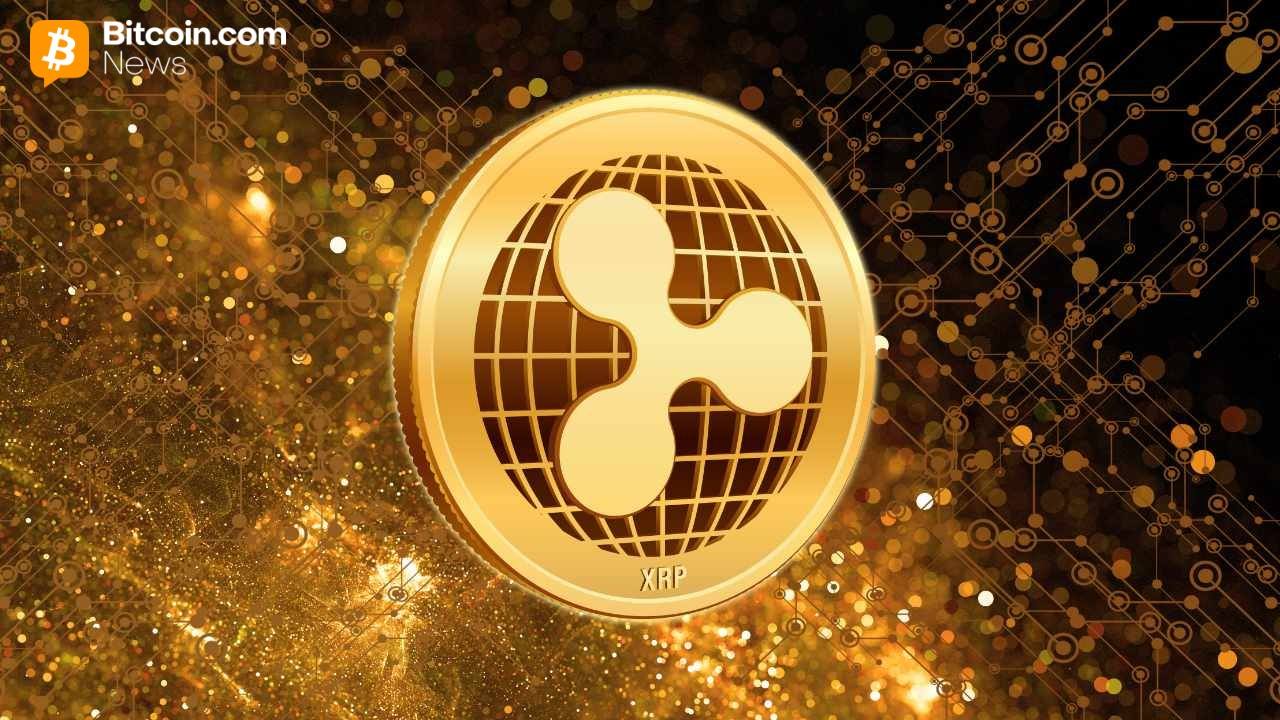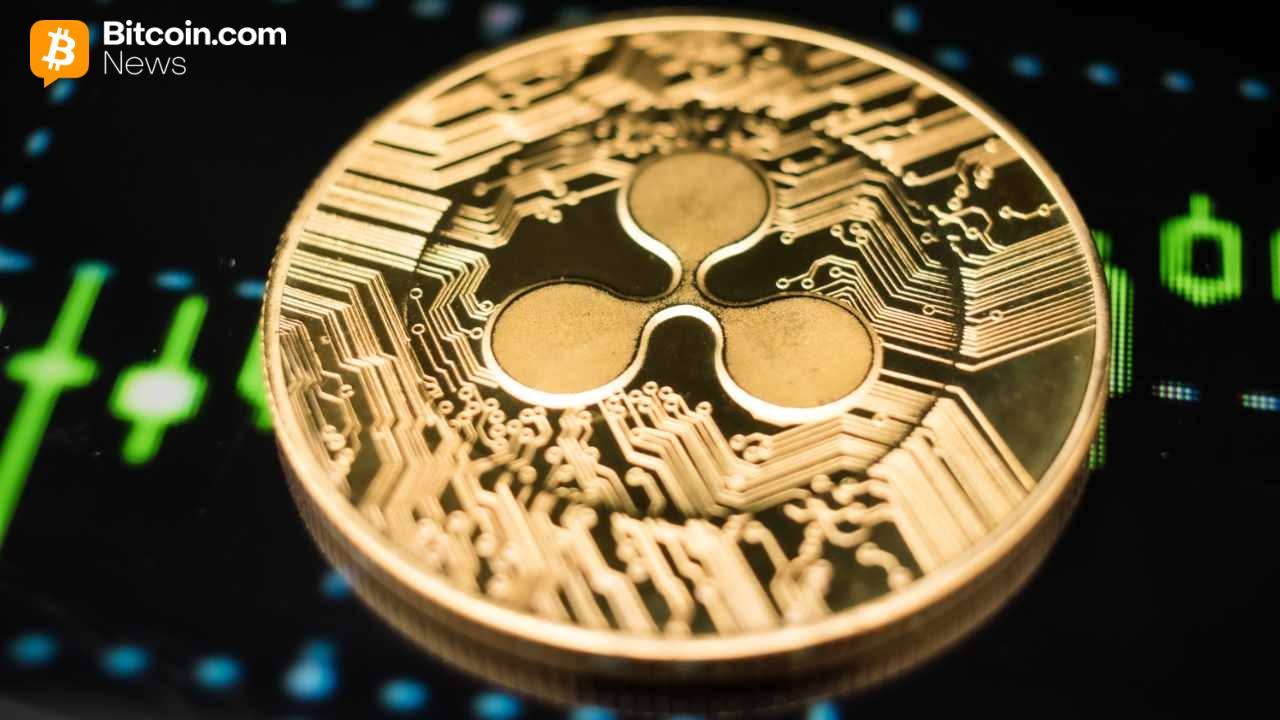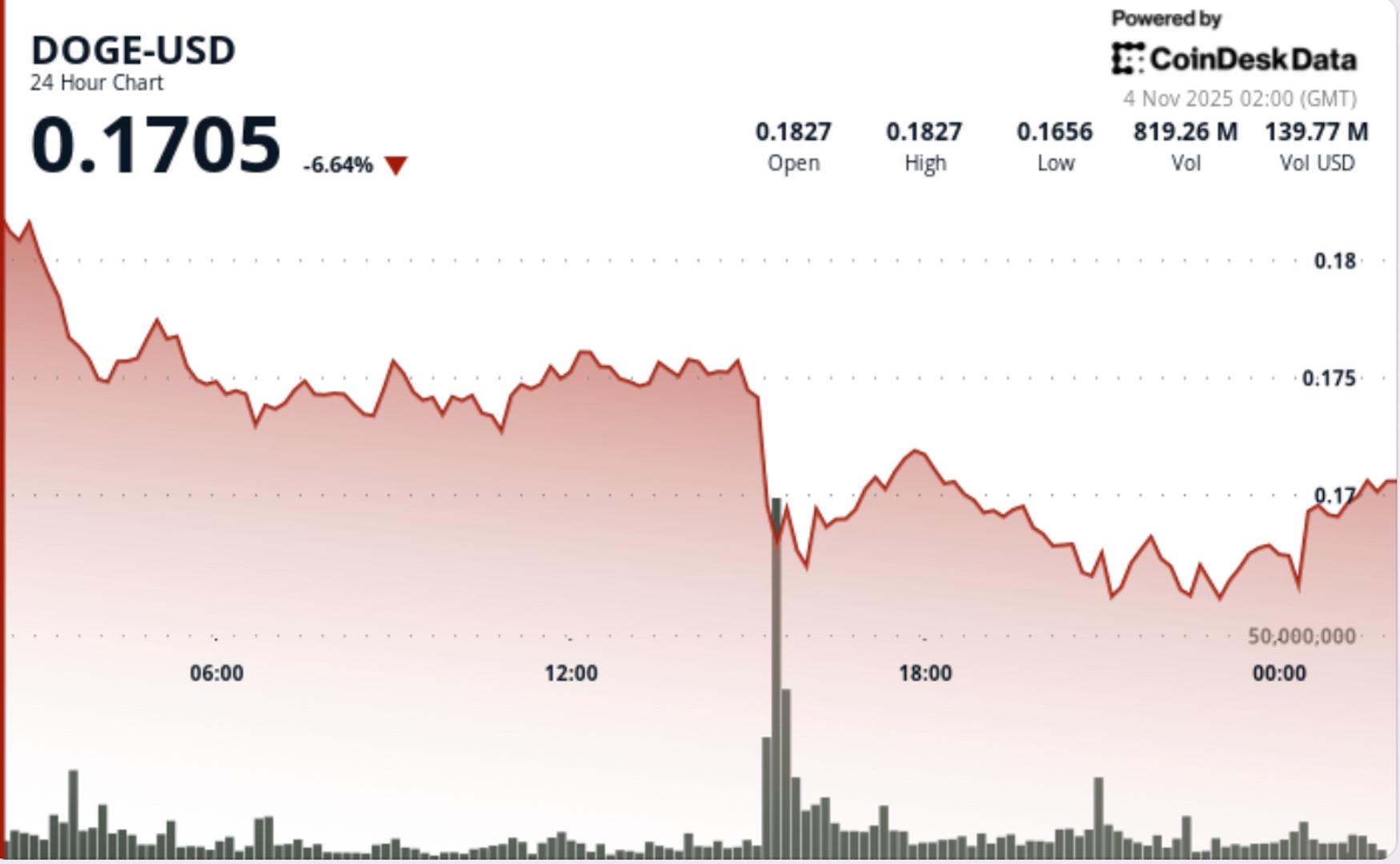How the Chainlink Reserve Could Trigger a LINK Supply Shock AllinCrypto August 8, 2025
Chainlink has unveiled a new major change with the launch of the Chainlink Reserve, a strategic onchain repository of LINK tokens built to support the long-term growth of the network.
Supported by both onchain and offchain revenue, this new reserve introduces a strong mechanism that could lead to a reduction of LINK’s circulating supply.
Let’s break down what this could all mean for Chainlink and LINK’s tokenomics going forward and how a supply shock may be on the horizon in the near future, sooner than retail believes.
What Is the Chainlink Reserve?
The Chainlink Reserve is a smart contract designed to accumulate LINK tokens over time using revenue generated from two main sources:
- Offchain revenue from large enterprises integrating with Chainlink’s services.
- Onchain usage fees from DeFi protocols and other blockchain applications.
What makes the system impactful is its integration with Payment Abstraction, a DeFi infrastructure that allows users to pay for Chainlink services in their preferred currency, like ETH or stablecoins.
From Chainlink:
We’re excited to announce that Chainlink Payment Abstraction—a novel cross-chain-enabled payment system that significantly reduces payment friction within the Chainlink Network—is officially live on mainnet.
These payments are then converted into LINK via Uniswap and then deposited into the new Chainlink Reserve.
This means that regardless of how users pay, the Chainlink protocol is consistently converting revenue into LINK and removing it from the current circulating supply.
Why Chainlink’s Reserve Strategy Could Lead to a Supply Shock
A supply shock happens when the available supply decreases while demand remains consistent, leading to upward price pressure.
The Chainlink Reserve could possibly contribute to a LINK supply shock by locking LINK tokens away without releasing them back into the market.
Already $1.1M worth of Chainlink has been locked away. If locked LINK rapidly increases, within a few months or years, the token could enter a phase of deflationary tokenomics.
Key things to note:
- There will be no withdrawals from the reserve for multiple years, ensuring that the accumulated LINK remains locked.
- Millions in enterprise revenue are expected to be converted to LINK as large institutions adopt Chainlink’s tools.

Strengthening LINK’s Tokenomics
By reinvesting revenue from services, Chainlink is able to ensure long-term sustainability for the token, strengthening LINK’s tokenomics and value proposition for token accumulation from retail.
The Chainlink Reserve, like a treasury, could change the token’s supply dynamics in a major way once it picks up steam.
As enterprise adoption accelerates and Chainlink cements its position as the backbone of Web3 and real-world tokenization, the accumulation of LINK could result in a real supply squeeze that many retail investors won’t see coming until it’s too late.
The post How the Chainlink Reserve Could Trigger a LINK Supply Shock first appeared on AllinCrypto.








